How Do Motion Sensors Work - Part 1 Passive Infrared (PIR)
Passive Infrared Motion (PIR) sensors have been a mainstay in modern alarm systems from the beginning. They have also been the most common source of unattended false alarms. Understanding how PIR sensors work provides an installer with the knowledge of how to best select and locate a PIR sensor which will increase the protection they provide and reduce nuisance alarms.
A PIR sensor is a small device with two sides. In our example, we call them Side A and Side B.
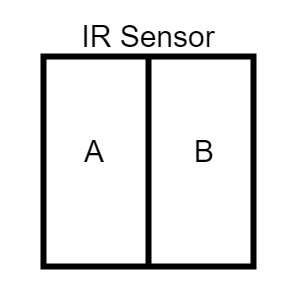
As heat energy passes from Side A to Side B, a small electrical pulse is sent to a control board.
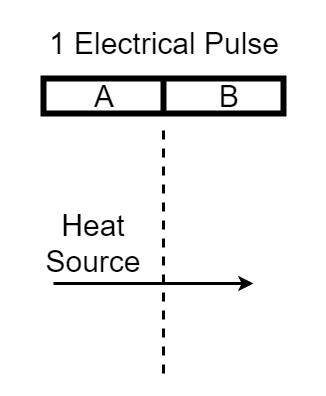
The motion sensor above would work, but only if a person moves from one side of the coverage area to the other. Each side is a Zone. To create more zones, we need to redirect the heat energy to one side or the other with lenses.
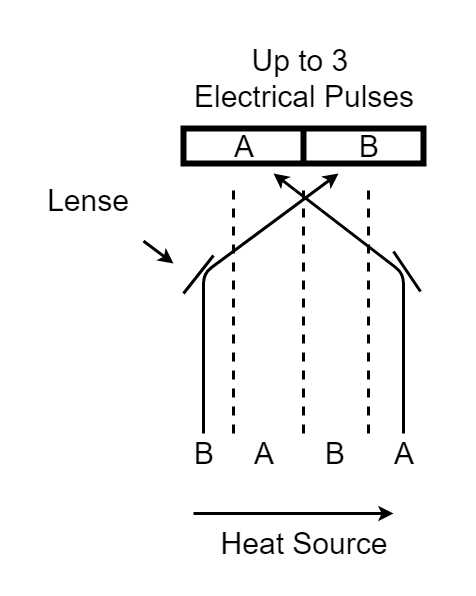
There are two types of lenses used in motion sensors, mirrors, and fresnel lenses. The image above shows how a mirror would work, but fresnel lenses are far more common. A fresnel lens does not bounce light as the image above illustrates, they work on the property of refraction.

Fresnel Lenses can be found in most lighthouses and those traffic lights you can only see from a narrow spot. 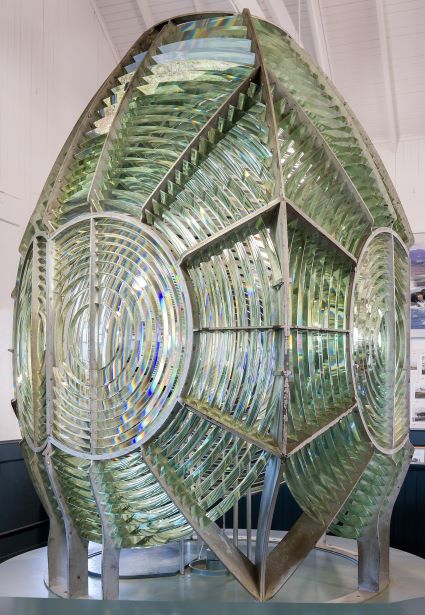 They are very effective at focusing light. They can be very thin and configured to create many patterns. In motion sensors by placing many lenses of various sizes to create dozens of zones.
They are very effective at focusing light. They can be very thin and configured to create many patterns. In motion sensors by placing many lenses of various sizes to create dozens of zones.
Refraction changes the direction of light/heat energy as it passes through the edge of the material. The Fresnel lenses used in motion sensors create many zones in both the horizontal and vertical fields of view. As a heat source moves from one zone to another the energy is directed to the motion sensor side A to B to A to B and so on. Each movement between zones creates an electrical pulse, P1. For pet immunity, a sensor might require two pulses in a specified amount of time, aka 2P.
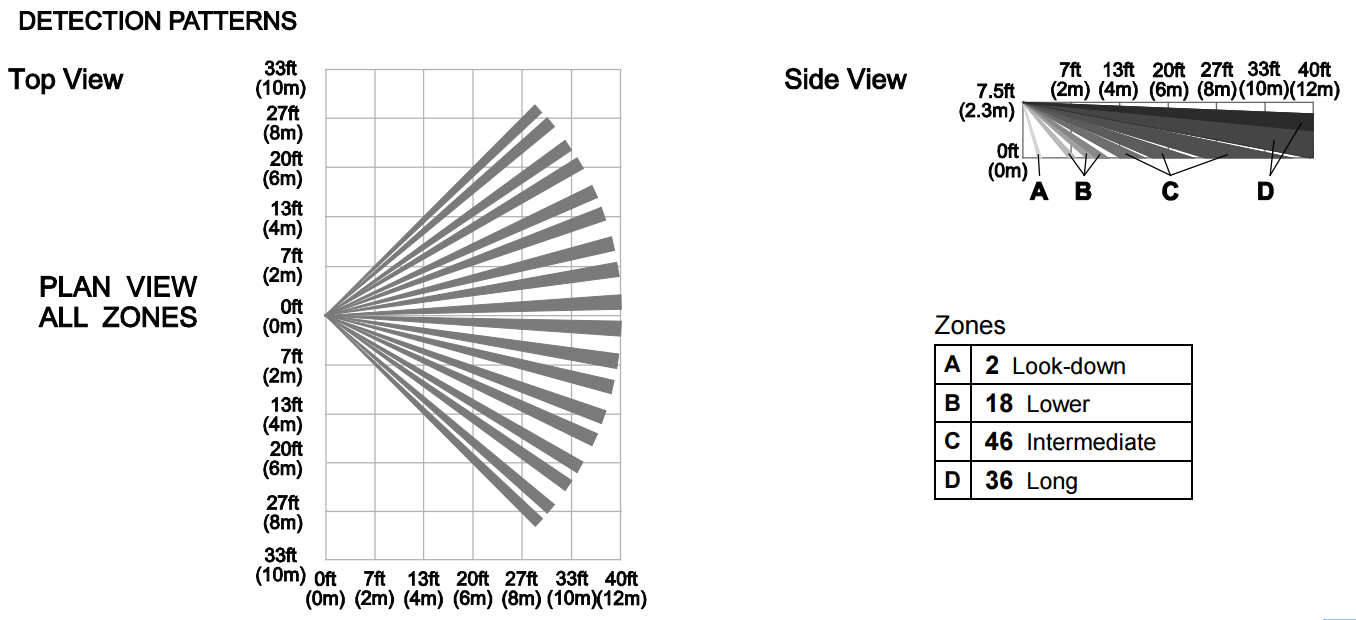 This is a typical coverage pattern for a residential motion sensor.
This is a typical coverage pattern for a residential motion sensor.
For commercial or larger residences, a more precise coverage pattern may be required. For longer ranges of protection, a long-range device is used with a long-range lens. Not all motion sensors come with a replaceable long-range lens, but for those that do, an installer needs to review the installation location conditions and select accordingly. It is far more common now to have a range selection switch on the motion sensor. VERIFY the pattern selection before installing the device .
 The DT-900 has a 50' and 90' range selection which also changes the horizontal field of view.
The DT-900 has a 50' and 90' range selection which also changes the horizontal field of view.
To reduce false alarms, a second detection technology is combined with the PIR sensor. These are called Duel-Tec or Tri-Tech.